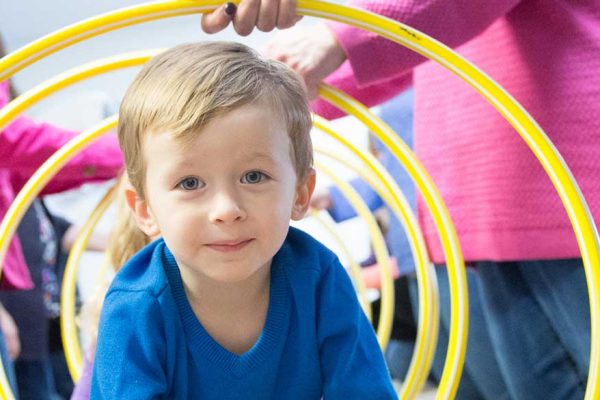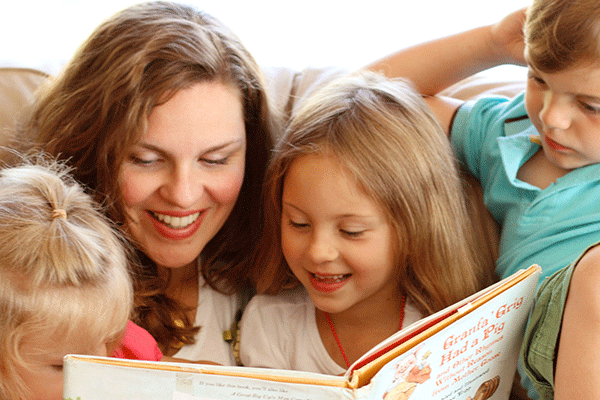What is tummy time?
Tummy time is where a baby is positioned on their tummy for an amount of time. This can be on your lap or on the floor, as long as the baby is in a safe and stable space and will not get hurt. This can also be on your chest and can be an amazing experience for mother-baby and father-baby bonding.
Tummy time is very important in the development of so many foundation areas in a baby that will be in use later on in life.
Tummy time does not have to be for a specific amount of time daily, but it is recommended to encourage increased amounts of short bursts of tummy time throughout the day from newborn stage right up to 20 minutes at a time from the age of 3 – 4 months old.
*NOTE: Babies should not be left unsupervised when placed on a higher surface. If baby falls asleep while in tummy time, place baby on their back as this will reduce the risk of SIDS*
Why do Occupational Therapists recommend tummy time?
It helps to strengthen muscles – When a baby spends time on their tummy, they try to lift their head, looking forward, to the left, to the right – sometimes also sideways. As they get older and frequent this position, most times they use their arms and hands to help push themselves and in doing so can lift their chest off the floor as well. At times you will see flailing legs helping them move. When they do these movements, the repetition of muscle action helps to strengthen overall body muscles. The main muscles are tummy and back muscles, as well as neck, shoulder and arm muscles. This makes it easier for babies to gain head-neck control which is vital while a baby is sleeping. This also helps the baby to develop trunk control for the next developmental milestone which is rolling from tummy to the back and from the back to the tummy.
It helps with reflex integration – A baby uses primitive reflexes to perform certain movements like reaching for toys and moving the hips and legs. When a baby is in tummy time, the more they move and the more independent their movements become, the easier and quicker the reflex integration, making baby’s movements for meaningful, purposeful and self-directed. Having reflexes present later on can impact on learning, attention and focus within the classroom setting.
It assists with the development of eye-hand coordination and visual processing – When a baby lifts their chest from the floor and looks around at their surroundings (far distance), then looks down to their hands (mid distance), reaches for a toy, brings it closer to their face and looks at the toy (near distance), this helps with processing and integration of visual information through the eyes. This teaches the baby foundation skills of depth perception, a judgment of distance, the space around them and the speed of movement.
When to do tummy time?
In recent research, it is recommended to start soon after birth (best on your chest). It is preferred to do this when a baby is most alert so that a baby will be more engaged. Not when a baby is fussy or hungry. Try not to do it immediately after a feeding, as this will encourage a baby to spit-up due to the pressure on the belly.
How will tummy time help my child in the future?
This will help with core (tummy and back) muscles strengthening which will in turn help with shoulder and neck muscle development and strengthening, arm muscle strengthening which will improve gross motor and fine motor muscle movements.
This will also help with the integration of some reflexes that a baby is born with, which will have a positive impact on emotional development, sensory processing abilities, crossing of the midline during gross motor and handwriting tasks, reading skills, listening and attention within a multisensory environment.
Tips from the OT:
Parents/caregivers should also perform tummy time, to feel and experience what babies feel. It is a tiring experience, so when a baby starts fussing, it is best to stop and try again later.
Talk to your baby, make funny sounds, funny facial expressions, smile and laugh. When a baby sees you on your tummy and is engaged by your vocal sounds/words and eye contact, they will be more inclined to join in activities and enjoy the experience.
Make tummy time part of their daily play time. There are various types of toys to use during play time. These can be textured, gentle/soft-noisy toys, initially black and white, as these are the contrasting shades babies see initially. You can also use stand-mirrors, stable toys that move within a small space e.g. sealed water mats with moving items inside, playmats with various sound materials between the layers.
Written by: Masnoena Allie – OT Mother, Senior Occupational Therapist



